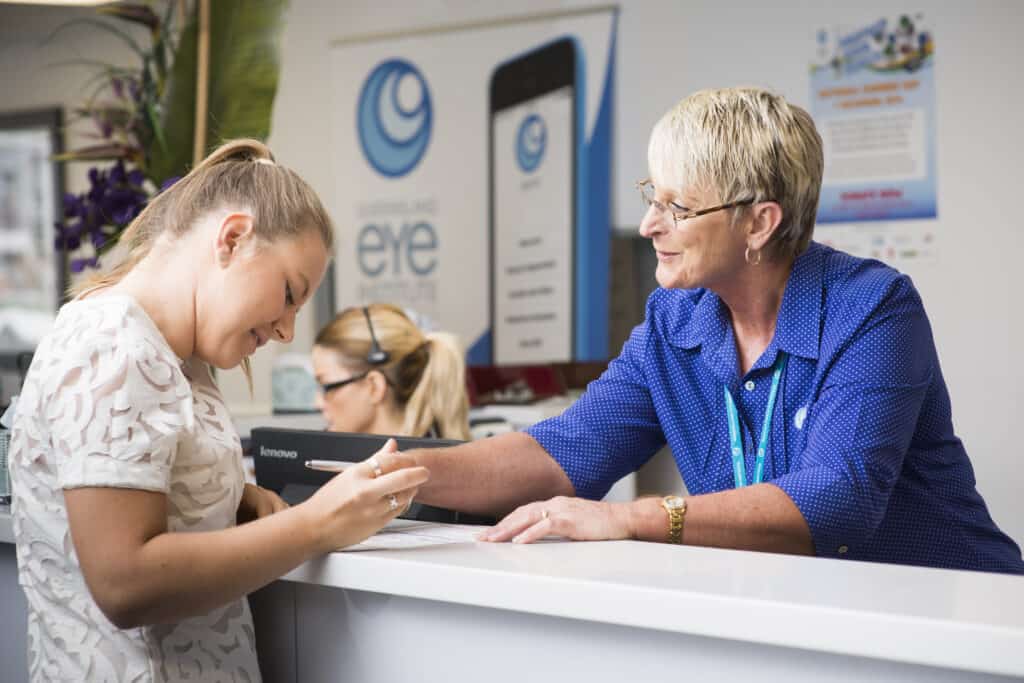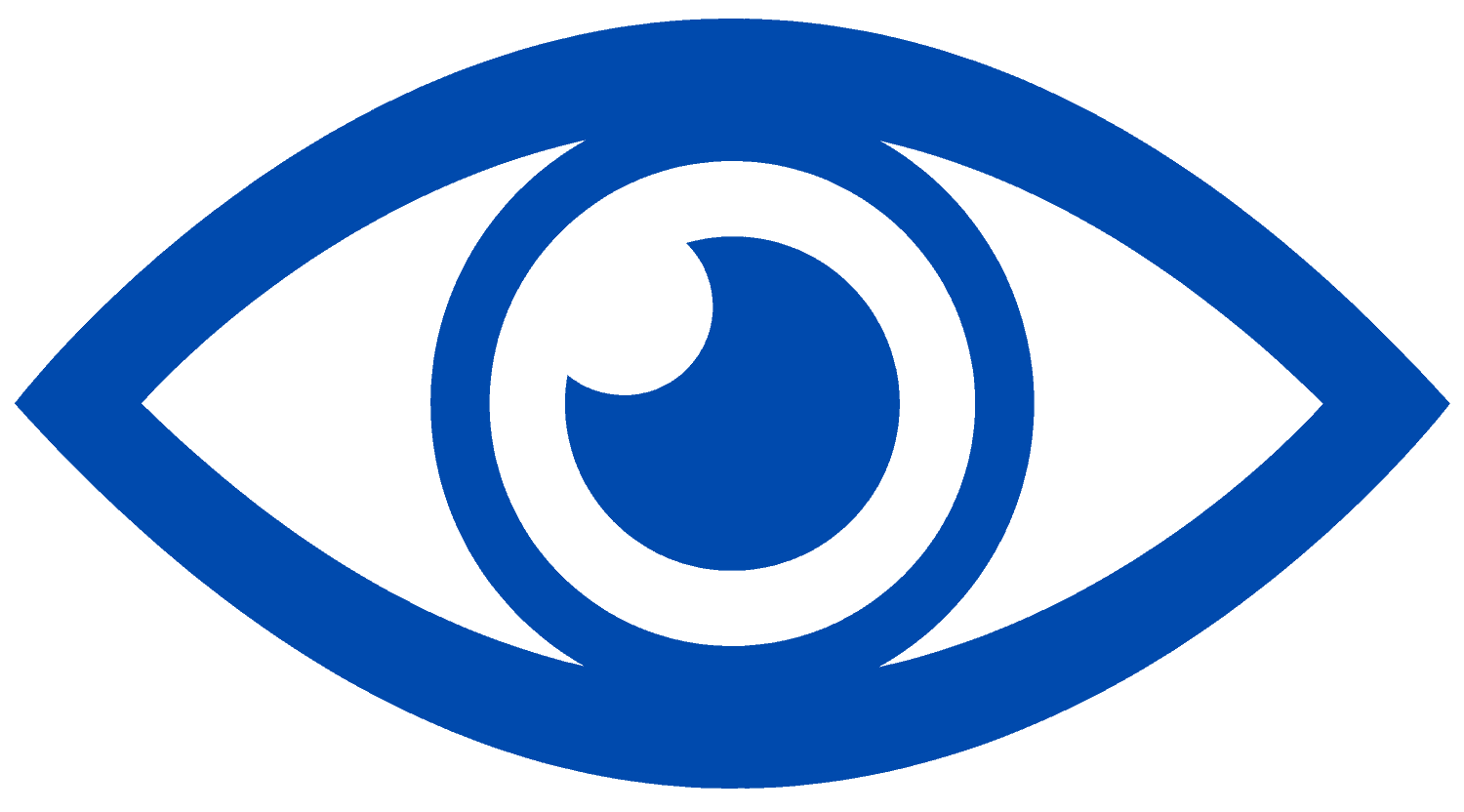What is Cataract Surgery
Cataract surgery is a common, safe and routine surgery that involves removing a patient’s cloudy lens and replacing it with an artificial intra-ocular lens (IOL). Approximately 250,000 cataract surgeries are performed in Australia each year.
Who performs cataract surgery?
Cataract surgery is performed by a specialist ophthalmologist in a day procedure unit with the assistance of an anaesthetist. Your cataract surgery is best performed by an ophthalmologist with advanced training and extensive experience.
Dr Geoffrey Ryan is an advanced surgeon who specialises in operating on the front section of the eye. This includes cataract surgery as well as procedures for glaucoma and corneal conditions such as keratoconus and pterygium removal. Dr Geoff completed his medical degree and subsequent surgical training in Queensland. He then travelled to the United Kingdom for additional sub-speciality training in cataract surgery from the prestigious Moorfield Eye Hospital in London and the Birmingham Midlands Eye Centre.
Indications it is time to have surgery
How do you know when it might be time to have surgery? Here are some signs:
- Limited vision when driving
- Unable to read instructions like medications or sign documents
- Difficulty reading for pleasure despite increased lighting
- Intolerable sensitivity to glare when outside
If visual impairment is impacting your life, then it is time to consult an ophthalmologist.
What is a cataract
A cataract is a cloudy lens. In a healthy eye, the lens focuses the light onto the retina, where an image is formed. The sharpness of the image is directly proportionate to the clarity of the lens. A cataract is caused when the proteins in the lens begin to break down and clump together, causing the lens to become cloudy or opaque. This is usually an age-related change but may also be caused by underlying eye disease or other health issues such as diabetes. The cataract can begin anywhere in the lens but will eventually spread across the entire lens. Cataracts usually occur in both eyes – however, they do not always progress at the same rate. More than 90% of cataract surgeries in Australia are performed on patients over the age of 60.
What are the symptoms of cataracts?
Signs and symptoms of cataracts include:
- Cloudy, blurry, or dimmed vision
- Increasing difficulty seeing at night
- Sensitivity to light or glare
- Brighter light is required for reading and other activities
- Seeing halo-like rings around lights
- A frequently changing eyeglass or contact lens prescription
- Fading or yellowing of colours
- A single eye experiencing double vision

What happens first
You will need a referral from your GP or Optometrist to see an Ophthalmologist either privately or through the public health system. You can read more about the costs of cataract surgery and the difference between the private and public systems in the article: Cataract Surgery costs explained.
It is always best to see your optometrist prior to surgery, they will complete a full eye health check-up and refraction (check your prescription), which will enable them to assess your need and suitability for referral and also give them a baseline to work against during your aftercare.
Prior to Cataract surgery
You will be invited to attend a consultation with your ophthalmologist. At this appointment, the ophthalmologist will assess your suitability for surgery and discuss the options available to you, including lens choices. IOL technology is constantly advancing. As new IOL designs arrive on the market, patients are provided with more options. You may wish to go ahead and book your surgery after this appointment. If you chose a multi-focal IOL, you may need to return to your optometrist to trial this type of vision using contact lenses prior to your surgery. Dr Ryan will guide you in your lens selection, taking into account your lifestyle and visual needs.
Day of surgery
The admission process
Every surgeon and day surgery unit has slightly different procedures and processes, but the major steps remain the same. At the Queensland Eye Institute, our goal is to ensure that you feel safe, comfortable and informed throughout your procedure.
You will need to arrange for someone to bring you in and collect you after your surgery.
Present to the Day Surgery Unit or Eye Clinic where you will be admitted. You should have fasted as per your pre-op instructions.
You will not need to stay in the hospital overnight, but you will have had sedation medications, so you need to have someone with you at home the night of your surgery, and you won’t be able to operate a vehicle for 24 hours after your procedure.
After being admitted, an anaesthetist or nurse will insert an intravenous cannula (you may have heard this be called “a drip”) into a vein in your hand or lower arm. The thought of this may be disconcerting, but you can rest assured that all of our staff are highly skilled and experienced, and cannulation is quick and relatively painless, much like a nasty scratch. There may be a short wait before you are taken through to the procedure room for your surgery. Staff will ensure you are kept warm and comfortable during this time.


The procedure
Once in the procedure room, the anaesthetist will administer sedation medications. Sedation medications used for cataract surgery are commonly used for all types of day procedures, including colonoscopies and gastroscopies and minor general surgery such as lesion removal. The medications, usually Propofol, Midazolam, or both, are designed to keep you blissfully unaware of your procedure but allow you to awaken quickly and comfortably without the heavy feeling you may experience after a general anesthetic. Medications used for light sedation rarely cause nausea or vomiting.
After being sedated, the Ophthalmologist will inject a small amount of local anesthetic into your eye, this allows them to make a tiny incision along the side of the cornea. This incision doesn’t usually require sutures and heals on its own within a few days.
A high-frequency ultrasound is inserted into the incision to break up the affected lens, which can then be removed using gentle suction.
Once all the lens fragments have been removed, the IOL is inserted behind the iris in the space created by the lens removal.
A protective eye shield or light dressing is then placed over the eye.
Day surgery recovery
When you wake from your sedation, you shouldn’t feel too drowsy and will probably be surprised that it is all over so quickly.
You will be kept in recovery for a short period of time before being offered something to eat and drink and being allowed to go home.
Your actual surgery will usually take less than 30 minutes to complete, but you can expect to be at the hospital for a few hours. This includes admission time, surgery time, and recovery time.
Post-operative care
As the local anaesthetic wears off, you may experience some mild pain that should be relieved with Paracetamol. You may experience eye redness and blurred vision for a few days or even weeks.
Allow your eye to heal by taking it easy. Avoid any strenuous activities and do not submerge your eye in water for at least two weeks. Avoid any situations that may leave you susceptible to infection. These include but are not limited to swimming pools, spas, and saunas.
As with any surgical procedure, you want to monitor your eye for any signs of infection.
These include:
- Heat
- Swelling
- Increased pain
- Ooze or bleeding
If you have any concerns, you should contact your surgeon, who may ask you to come in for a check-up or see your GP or Optometrist.
Follow up
You can expect to be reviewed the day after surgery. The vision, eye pressure and lens position will be checked. A second appointment will occur a few weeks later to ensure everything has settled and you are happy with the outcome. It is common to have some mild swelling and inflammation following the surgery. This will subside over a few days after the operation. It is common for the vision to be slightly blurred early on, and you can expect this to slowly improve within the first week.
Wearing glasses after cataract surgery
Many people expect that they will no longer need to wear glasses after cataract surgery. Unfortunately, though possible, is not always the case and will depend on your pre-operative acuity and the type of IOL you chose. You can learn more about the types of IOL in the article “Choosing the right lens”.
An IOL is forever
The IOL implanted will never need to be replaced. In a small number of cases, a patient may develop a mild haze of the capsule behind the lens. This can be resolved with a quick laser performed in the clinic.
Bilateral cataracts – same-day surgery
Performing bilateral cataract surgery on the same day is not commonly practised. Separating the surgery on different days is still considered to be a safer approach. Dr Ryan will only consider offering this service in the future if there is strong evidence that there is no increased risk to the patient and their vision.
Getting back to work after cataract surgery
You should be right to head back to work within a couple of days as long as you are mindful of your post-op care, such as limiting strenuous activities. It takes a few days for the IOL to settle in, so if your job is physically demanding, perhaps wait a few extra days before returning to work. You can discuss your return to work plan with your ophthalmologist at your pre-op consultation.
Your first stop will generally be your local optometrist, you can discuss your symptoms and options and request a referral to see your ophthalmologist of choice. Should you wish to consult Dr Geoffery Ryan, please send your referral to reception@qei.org.au or call (07) 3239 5000.


